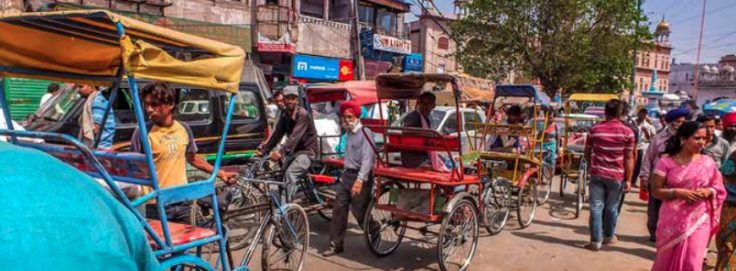
Search
The Global MPI 2018 Shows that India Has Made Remarkable Progress

In September of this year, OPHI and the United Nations Development Programme published a new version of the global MPI, adjusting five of its ten indicators to better align this index with the Sustainable Development Goals (SDGs). With results covering more than 100 countries – disaggregated into more than 1,000 subnational regions, rural-urban areas, and age groups – the global MPI 2018 is particularly useful for identifying people who are being left behind in the SDGs.
One of the main findings of the global MPI is that India has drastically reduced its poverty rate from 55% to 28% in ten years. That means 271 million people moved out of poverty between 2005/6 and 2015/16. While progress has been remarkable, the country still has the largest number of people living in multidimensional poverty in the world (364 million people). Of these, 156 million (34.5%) are children. In fact, of all the poor people in India, just over one in four – 27.1% – has not yet celebrated their tenth birthday.
The good news is that multidimensional poverty among children under ten has fallen the fastest. In 2005/6 there were 292 million poor children in India, so the latest figures represent a 47% decrease or a 136 million fewer children growing up in multidimensional poverty.
When considering the durable and lifetime consequences of childhood deprivation, particularly in nutrition and schooling, this is a tremendously good sign for India’s future.
More on the 2018 global MPI here.
Read 5th Dimensions Issue here.
















